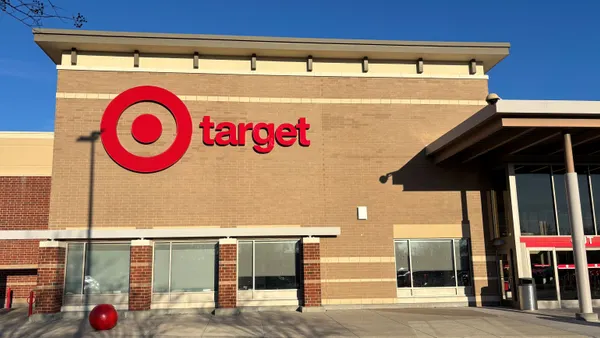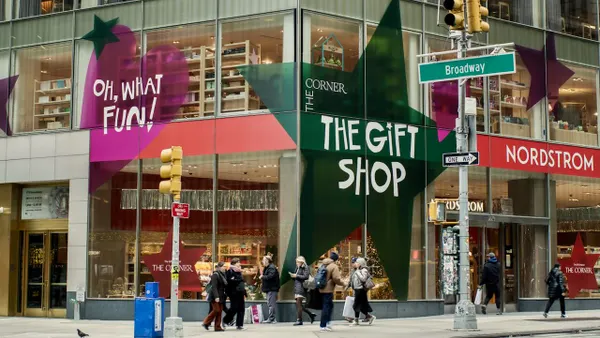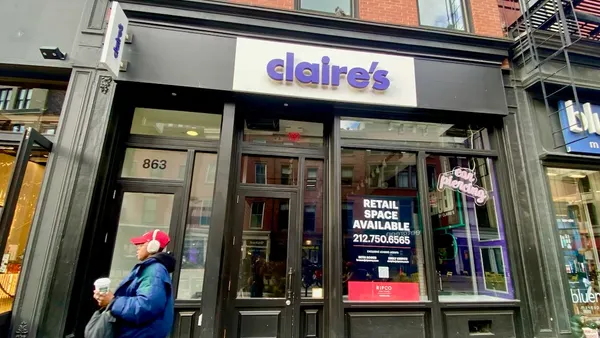Dive Brief:
- E-commerce sales growth in the U.S. increased 16% in 2017, up from 14% in 2016, according to Mary Meeker, general partner at Kleiner Perkins Caufield & Byers, who spoke at Recode’s Code Conference last week. The transcript and slide presentation of her internet trends report were published by Recode.
- Amazon continued to gain market share at the expense of traditional retailers, with its share of growth rising to 28% in 2017 compared to 20% in 2013. The overall share of other e-commerce retailers rose 13%, Meeker reported.
- Amazon and Google are starting to look more and more alike, in Meeker's view. While Amazon is evolving to be an ad platform in addition to a commerce platform, Google is evolving from an ad platform to being a commerce platform too, she said.
Dive Insight:
E-commerce continues to transform the major online platforms as well as the overall retail business. As Meeker described the changing landscape, the roles of tech titans Amazon and Google are beginning to converge, combining advertising, search and e-commerce, with social media platforms driving product discovery and purchases.
Amazon’s ad revenue increased 42% last year to $4 billion, and 49% of consumers start their product search on Amazon, according to Meeker. That compares to 36% of consumers begin on a search engine. While Amazon expands its horizons, Google has signed up several major retailers for a new program where their merchandise will be prioritized in Google search results.
Meanwhile, sites like Shopify and Square are making it easier for smaller retailers to go online, Meeker said. Among social media companies, 78% of U.S. respondents to the Curalate Consumer Survey have discovered products on Facebook, Meeker reported. Following Facebook are Instagram with 59%, Pinterest with 59%, Twitter with 34% and Snap with 22%. This is driving sales, as 55% bought a product online after discovery on social media. Also, e-commerce click-through rates on Facebook rose from 1% in the first quarter of 2016 to 3% in the first quarter of 2018, according to Meeker.
E-commerce has evolved in recent years from "utility commerce" or ordinary transactions involving search, to "personalized e-commerce" with curated product discovery and product recommendations, Meeker said. A good example is Stitch Fix. With that trend, online product purchases are evolving from buying to subscribing, she said.
Meanwhile, in a globalized e-commerce environment, all retailers need to keep an eye on Asian competitors, she added. Alibaba leads the e-commerce ecosystem in China and is similar to Amazon in its areas of focus, she said. Alibaba has a much higher gross merchandise volume while Amazon has much higher revenue. Alibaba also has a "New Retail" strategy that involves both e-commerce and physical stores. Meeker quoted Alibaba as saying: "It is fair to say that our e-commerce platform is fast becoming the leading retail infrastructure of China."











